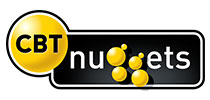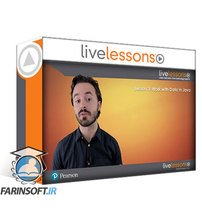در حال حاضر محصولی در سبد خرید شما وجود ندارد.

در این روش نیاز به افزودن محصول به سبد خرید و تکمیل اطلاعات نیست و شما پس از وارد کردن ایمیل خود و طی کردن مراحل پرداخت لینک های دریافت محصولات را در ایمیل خود دریافت خواهید کرد.


فیلم یادگیری ReactJS

یادگیری برنامه نویسی به زبان Java

کورس مبانی Vuejs

استفاده از RecoilJS برای مدیریت وضعیت در برنامه های React

توسعه وب کامل با Vue

Intermediate Angular JS Online Training

کورس یادگیری کامل Firebase
-main-resized.jpg)
React: الگوهای طراحی

آموزش الگوی Behavioral در کدنویسی به زبان C++

دوره یادگیری برنامه نویسی Angular
✨ تا ۷۰% تخفیف با شارژ کیف پول 🎁
مشاهده پلن ها